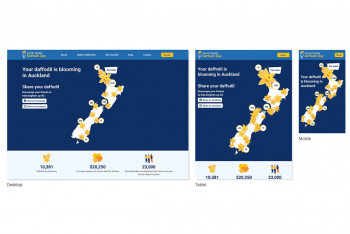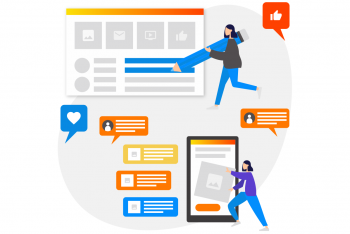User research is a crucial aspect of designing products and services that genuinely meet the needs and expectations of users. By understanding their behaviours, preferences, and pain points, we can create experiences that are intuitive, efficient, and enjoyable. This article explores various user research methods and answers some common questions.
What is User Research?
User research involves studying and understanding users in order to inform the design and development of products and services. It aims to uncover insights into user behaviours, needs, motivations, and preferences. By conducting user research, we can gain valuable data-driven insights that help us make informed design decisions.
User Research in UX Design
In the realm of user experience (UX) design, user research plays a pivotal role(external link). It allows designers to empathize with users and gain a deep understanding of their goals and pain points. By incorporating user research into the design process, we can create user-centred solutions that address real user needs.

What are User Research Methods?
There are various user research methods available to gather insights from users. Each method offers unique benefits and is suitable for different research objectives. Let's explore some popular user research methods:
A/B Testing
A/B testing, also known as split testing, involves presenting users with two or more variations of a design or feature and measuring their response to determine which performs better. By conducting A/B tests, designers can compare different options and make data-driven decisions based on user preferences and behaviours.
Eye Tracking
Eye tracking technology(external link) allows researchers to track and analyze the eye movements of users as they interact with a product or interface. This method provides valuable insights into where users focus their attention, what elements they prioritize, and how they navigate through a design. Eye tracking helps identify areas of improvement to optimize user attention and engagement.
Usability Benchmarking
Usability benchmarking involves evaluating the usability of a product or interface against established usability standards or competitors. By conducting benchmarking studies, designers can identify strengths and weaknesses in their designs and make informed decisions to enhance the overall user experience.
Analytics
Analytics tools provide valuable quantitative data about user behaviours, such as website traffic, page views, and conversion rates. By analyzing this data, designers can identify patterns, spot areas for improvement, and make data-informed decisions to enhance the user experience.
Surveys
Surveys are a common method for gathering user feedback and opinions. They involve asking a set of questions to a group of users to collect quantitative or qualitative data. Surveys are useful for understanding user preferences, satisfaction levels, and identifying areas for improvement.
Tree Testing
Tree testing(external link) helps assess a website or application's information architecture and navigation. Participants are asked to find specific items or complete tasks by navigating through a text-based hierarchy. This method reveals how users perceive and understand the structure of the design, allowing designers to refine navigation and improve findability.
Focus Groups
Focus groups involve bringing together a small group of users to discuss their opinions, experiences, and perceptions related to a product or service. This method encourages open conversations and generates qualitative insights that help uncover user needs, pain points, and desires.
Usability Testing
Usability testing involves observing users as they interact with a product or prototype, identifying usability issues, and collecting feedback. By watching users complete tasks and analyzing their feedback, designers can uncover areas of improvement, validate design decisions, and ensure an intuitive user experience.
1-on-1 Interviews
In-depth, one-on-one interviews provide an opportunity to delve deep into the motivations, needs, and experiences of individual users. Through open-ended conversations, designers can gain rich qualitative insights that help shape the design direction and identify specific pain points.

Examples of User Research Questions
Behavioral Questions:
How frequently do you use similar products or services?
What factors influence your decision-making process when choosing a product?
What are the main challenges you face when using similar products?
Experience Questions:
Have you used similar products or services in the past? If so, what were your experiences?
Can you describe a positive or negative experience you've had with a similar product?
What are the main pain points you encounter when using similar products?
Perception Questions:
What are your thoughts on the current design of the product?
What features or aspects of similar products do you find appealing?
How do you perceive the value or usefulness of the product?
Scenario-based Questions:
Walk me through the process of accomplishing a specific task related to the product.
How would you go about searching for a particular item on this website?
Imagine you encounter a problem while using the product. What steps would you take to resolve it?
Conclusion
By utilizing a combination of these user research methods, designers can gather a comprehensive understanding of user behaviours, preferences, and needs. These insights enable them to create intuitive and user-centred designs that meet and exceed user expectations.
User research is an iterative process, and it's essential to conduct research throughout the design and development lifecycle. By continually engaging with users and gathering feedback, designers can ensure that their designs remain relevant and effective in meeting user needs.
With a solid understanding of user research methods, designers can make informed decisions and create meaningful experiences that truly resonate with their target audience. So, dive into user research, explore the methods that align with your research goals, and uncover the insights that will shape exceptional user experiences.
Remember, user research is a continuous journey of discovery and improvement. Embrace it, and let your users guide you towards success!




